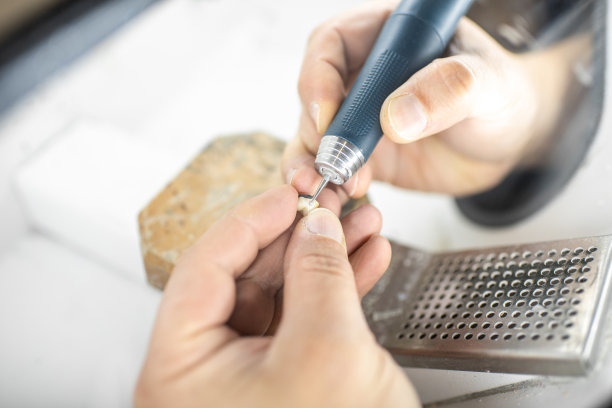The Journey from Tooth Extraction to Recovery Embracing Oral Health and Wellbeing
Summary: The journey from tooth extraction to recovery is often daunting but essential for maintaining oral health and overall well-being. This article explores the multifaceted aspects of this journey, covering the reasons for tooth extraction, the extraction process itself, post-operative recovery tips, and the importance of restoring oral health after extraction. By understanding each step of this journey, individuals can be better prepared for their oral health challenges, adopting proactive approaches to ensure a smooth recovery and prevent future dental issues.
1. Reasons for Tooth Extraction and Necessity

Tooth extraction is often deemed necessary for various reasons, each arising from distinct dental conditions. The most common reason is tooth decay, where a cavity becomes so severe that it compromises the tooths integrity, making extraction the only viable option. Additionally, gum diseases like periodontal disease can lead to tooth mobility and infection, necessitating extraction to maintain overall oral health.
Another significant reason for extraction is overcrowding. When there isn’t enough space in the mouth to accommodate all teeth, orthodontists may recommend the removal of one or more teeth to prevent misalignment during braces treatment. Wisdom teeth removal is also a common dental procedure, especially when these late-arriving molars cause pain or potential complications.
Lastly, trauma from accidents can also necessitate tooth removal. A fractured tooth that cannot be restored may be extracted to protect neighboring teeth and the overall structure of the mouth. Each of these factors highlights the importance of professional dental evaluations to determine necessary interventions to preserve oral health.
2. The Tooth Extraction Process Overview
The extraction process begins with a thorough consultation and examination by the dentist. Modern dentistry emphasizes patient comfort, which often includes the use of anesthesia to ensure a pain-free experience. Various forms of anesthesia may be employed, from local anesthesia to sedation, depending on the complexity of the extraction and the patients anxiety levels.
During the procedure itself, the dentist carefully loosens the tooth from its socket using specialized tools, ensuring a clean and efficient extraction. Post-extraction bleeding is addressed promptly, and patients are often given gauze to bite down on, which helps to clot the blood and minimize bleeding.
After the extraction, one of the critical responsibilities of the dental professional is to provide aftercare instructions. It is essential for patients to understand the importance of following these guidelines to reduce recovery time and minimize any potential complications that may arise post-procedure.
3. Recovery Tips and Post-Extraction Care
Once the tooth has been extracted, the recovery process begins. One of the primary tips for a smooth recovery is managing pain effectively. Over-the-counter pain relief medications are often recommended, but its crucial to follow the dentists prescription to avoid complications.
Another significant aspect of recovery is diet. During the initial healing phase, patients are advised to consume soft foods, such as yogurt, applesauce, or mashed potatoes, while avoiding hard, chewy, or spicy foods that could provoke discomfort or disrupt healing. Staying hydrated is also essential during this period.
Maintaining optimal oral hygiene while recovering can be challenging but crucial. Patients should gently rinse their mouths with warm salt water starting 24 hours after extraction to keep the wound clean. However, they should avoid brushing the extraction site directly for at least a week, allowing the gum to heal properly. Regular follow-ups with the dentist help monitor healing progress and address any complications if they arise.
4. Embracing Oral Health After Recovery
The journey does not end with recovery; it is only the beginning of embracing ongoing oral health. Incorporating preventive care, such as regular dental check-ups and cleanings, is vital in maintaining the health of remaining teeth and preventing issues like further decay or gum disease.
Additionally, patients are encouraged to engage in daily proper oral hygiene practices, including brushing twice a day, flossing, and using an antibacterial mouthwash. These steps help in reducing plaque buildup and promoting healthier gums.
Finally, lifestyle changes, such as a balanced diet rich in vitamins and minerals and avoiding tobacco products, can foster better oral health. Emphasizing the importance of oral wellness will not only benefit the individuals teeth but can significantly enhance their overall well-being.
Summary:
The journey from tooth extraction to recovery is essential for maintaining optimal oral health and avoiding future dental issues. Each stage requires awareness and proactive management of pain, diet, and hygiene. Understanding the reasons for extraction, the process involved, and navigating recovery with care can lead to a healthier future.
This article is compiled by Vickong Dental and the content is for reference only.


